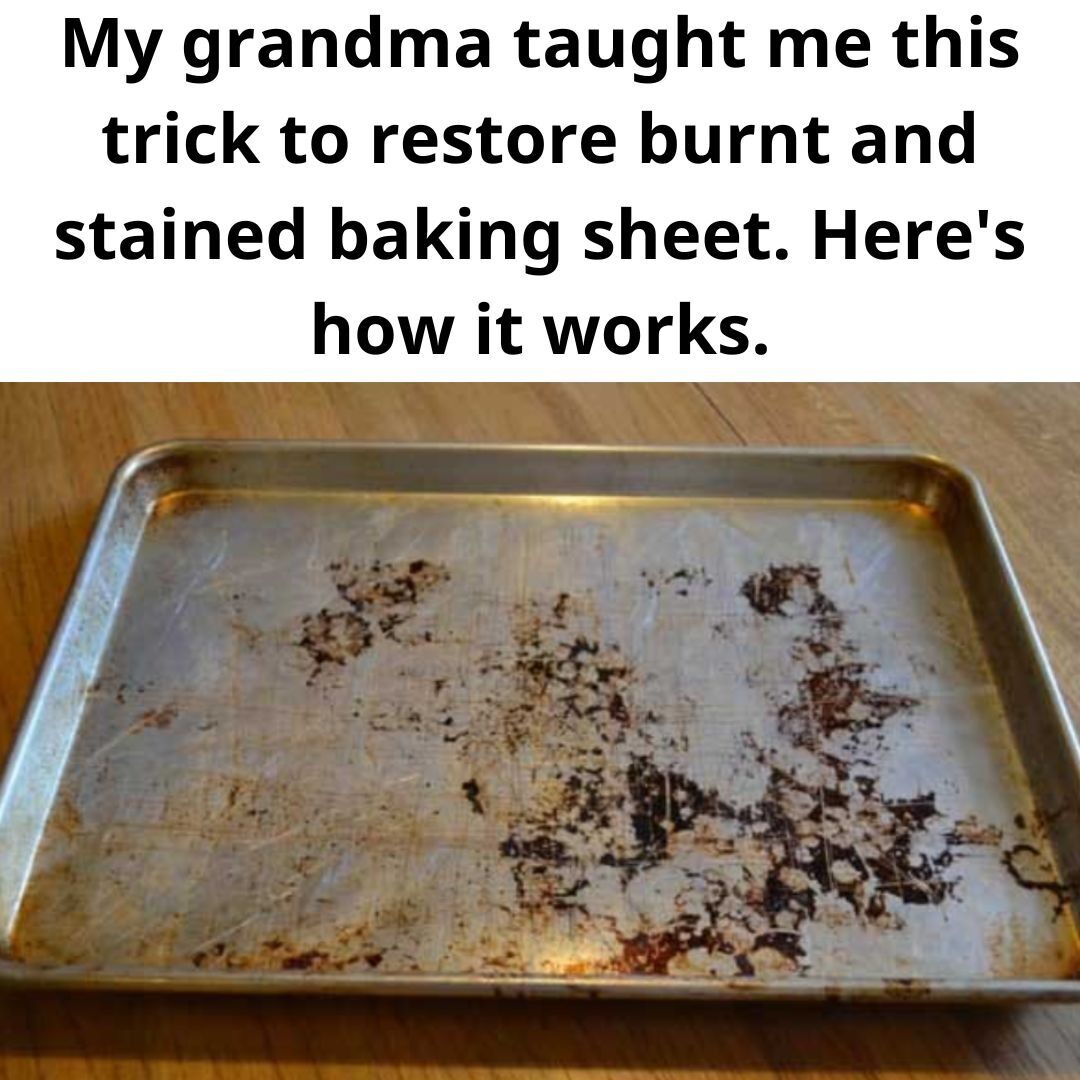If your once-shiny baking sheets now look like they’re permanently scorched or stained beyond repair, don’t throw them out just yet. With a few simple household ingredients and some elbow grease, you can restore those baking sheets to near-new condition and save yourself the cost of replacements.

Giving your baking sheets a second life isn’t just good for your wallet—it’s also better for the environment and even improves your baking. Clean sheets help food cook more evenly and reduce the chances of sticking, giving you better results in the kitchen. To get started, gather some common household supplies: baking soda, white vinegar, dish soap, hydrogen peroxide (for tougher stains), Bar Keepers Friend or a similar cleaner, non-abrasive scrubbers or fine steel wool, a microfiber cloth or sponge, and plastic wrap. The classic baking soda and vinegar paste is a tried-and-true method that works on many stubborn messes.
Just mix about 1/4 cup of baking soda with enough water to create a toothpaste-like paste. Spread it thickly over the stained areas of the baking sheet, then sprinkle some white vinegar on top. You’ll see it fizz as it starts to break down the baked-on grime. Cover the whole thing with plastic wrap and let it sit for one to two hours—or even overnight for really stubborn spots. After the wait, use a soft scrubber to gently lift away the paste and residue, then rinse with warm water and dry thoroughly. If your baking sheet is coated with really stubborn gunk, a hot water soak might be the answer. Fill your sink with boiling water, add a few drops of dish soap, and submerge the sheet (if possible). Let it soak for 15 to 30 minutes, then use a sponge or gentle scrubber to clean it off.
This process softens baked-on residue and makes it easier to remove. For extra-tough discoloration and stains that just won’t budge, combine hydrogen peroxide and baking soda into a thick paste. Mix two tablespoons of hydrogen peroxide with enough baking soda to form the paste, apply it to the stained areas, and let it sit for about 30 minutes.
Then scrub gently and rinse thoroughly. Another powerful cleaner for serious cases is Bar Keepers Friend. Sprinkle a small amount directly on the problem area, add a few drops of water to create a paste, and scrub gently using a non-abrasive pad. This cleaner works especially well on stainless steel or uncoated pans with set-in stains. Just be sure to rinse and dry everything completely. For quick cleanups or light surface stains, a magic eraser can be incredibly handy. Just wet it slightly and gently rub it over the affected areas. This method is best for routine maintenance or finishing touches, but be careful not to scrub too hard, especially on nonstick surfaces, to avoid damage. Regardless of which method you use, there are a few important tips to keep in mind.
Always avoid harsh abrasives, like coarse steel wool, especially on nonstick or coated baking sheets, as they can scratch and damage the surface. Skip the bleach too—while it may seem like a heavy-duty fix, it can harm aluminum or nonstick finishes and leave behind dangerous residue. Instead, stick with natural and safe cleaners like vinegar and baking soda, which are both effective and non-toxic. Finally, one of the best ways to keep your baking sheets looking good is to prevent stains in the first place.
Line your sheets with parchment paper or silicone baking mats whenever possible. These simple liners catch spills, reduce direct contact with food, and make cleanup much easier. With these tips and techniques, you can breathe new life into your old baking sheets and keep them in great condition for years to come. Not only will you save money and reduce waste, but you’ll also enjoy a better baking experience every time you turn on the oven.





